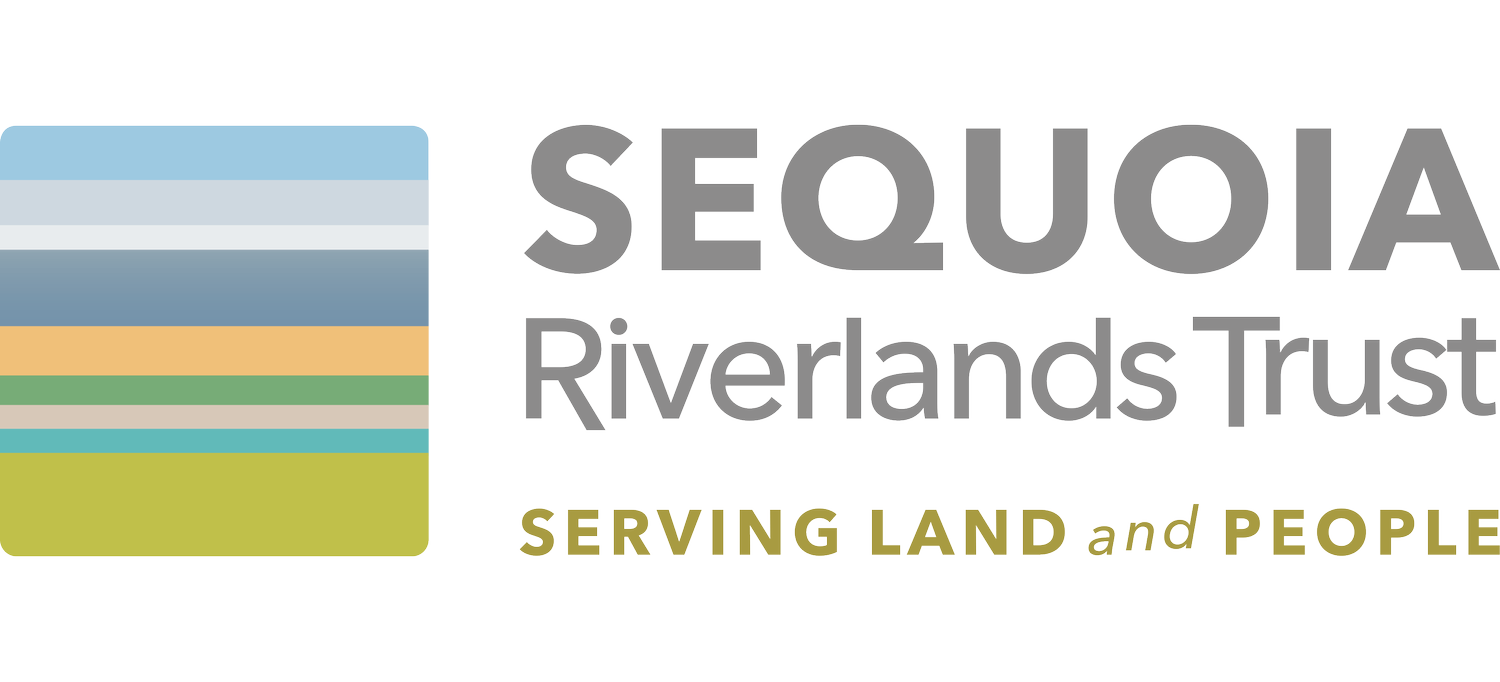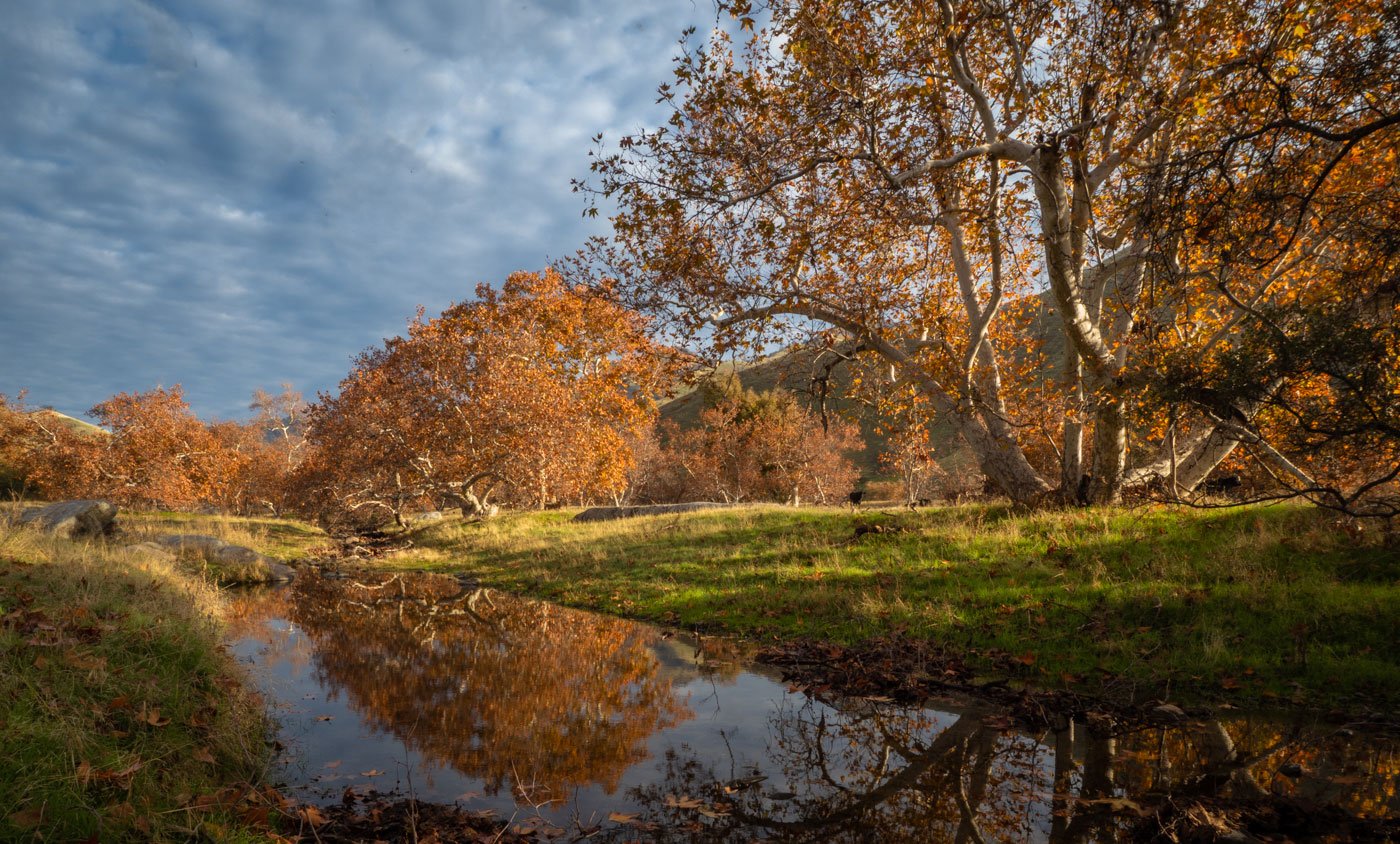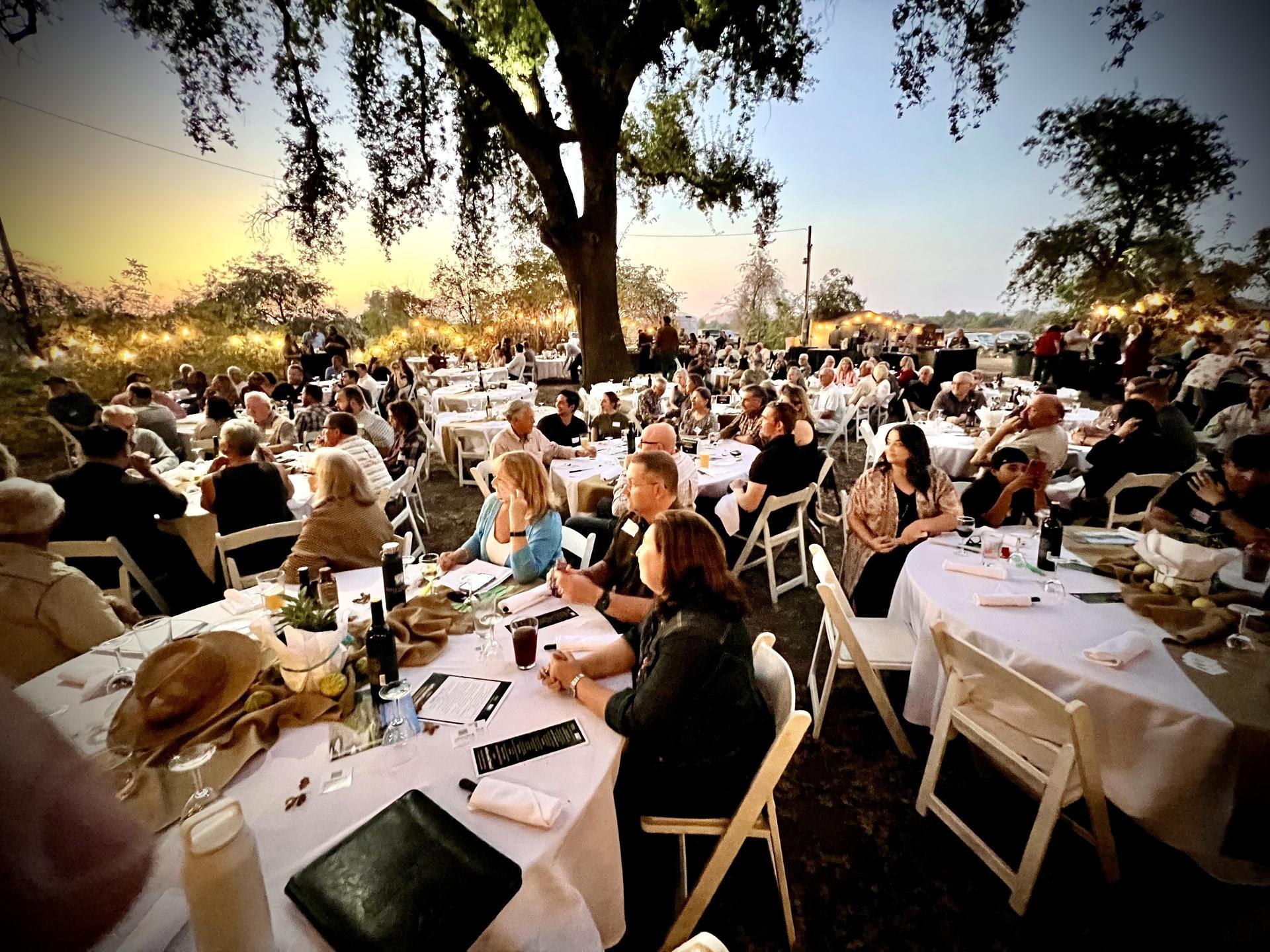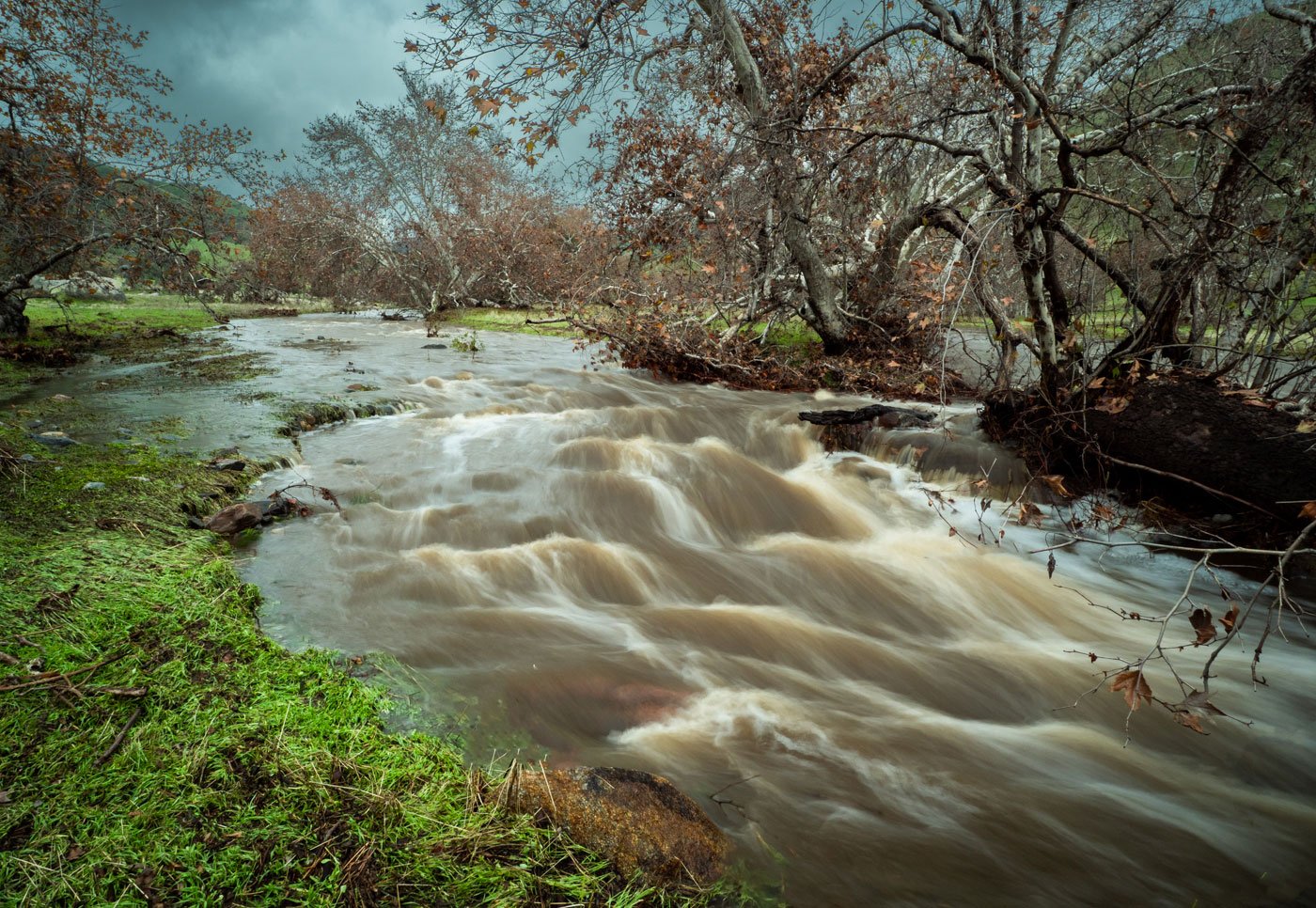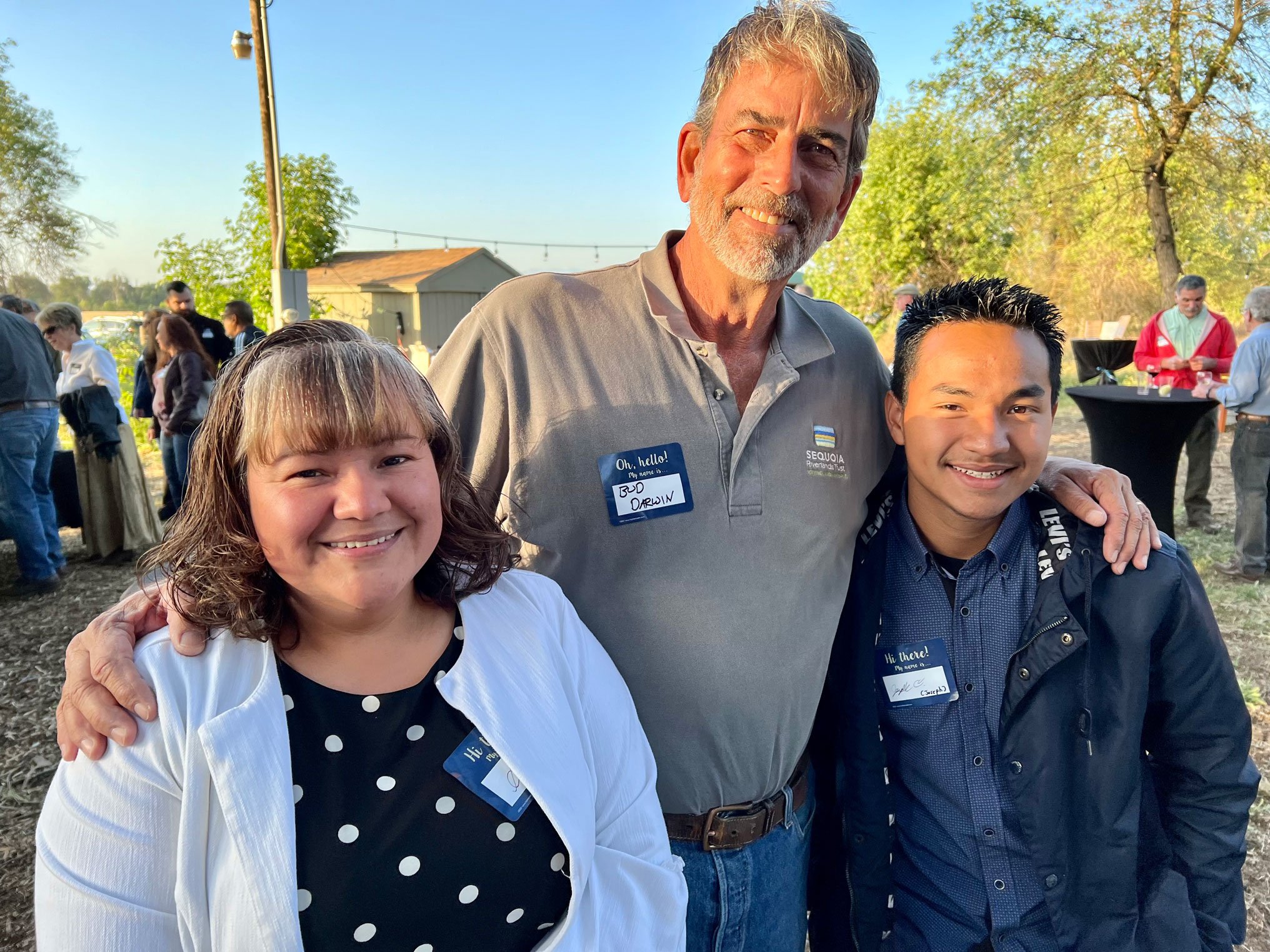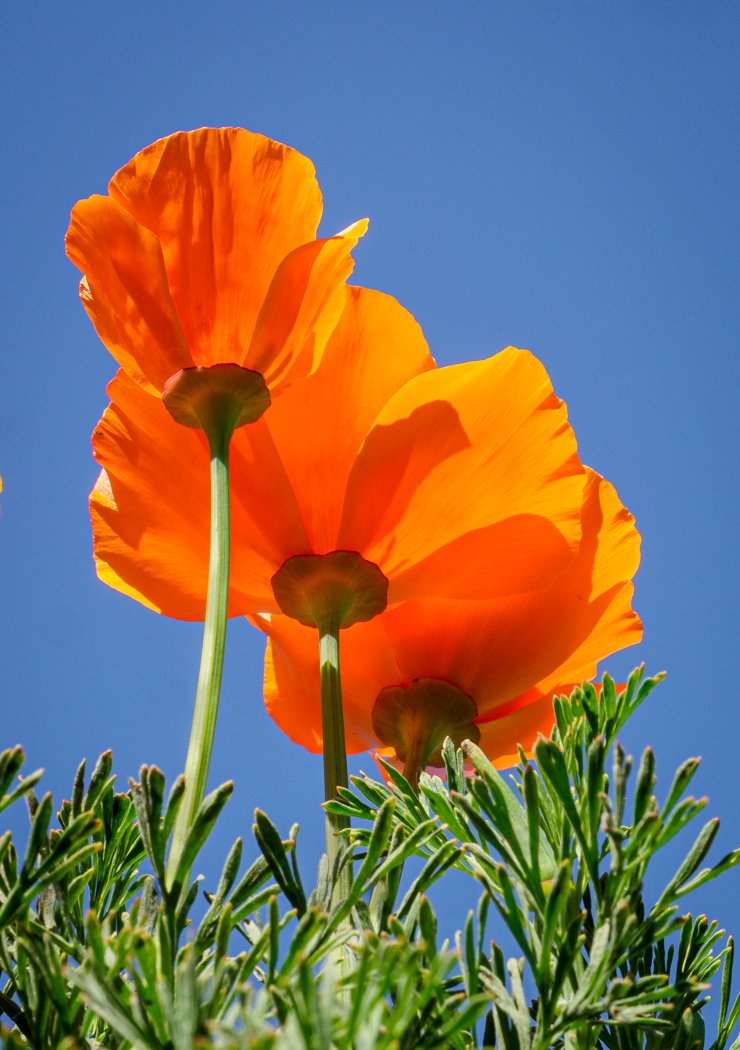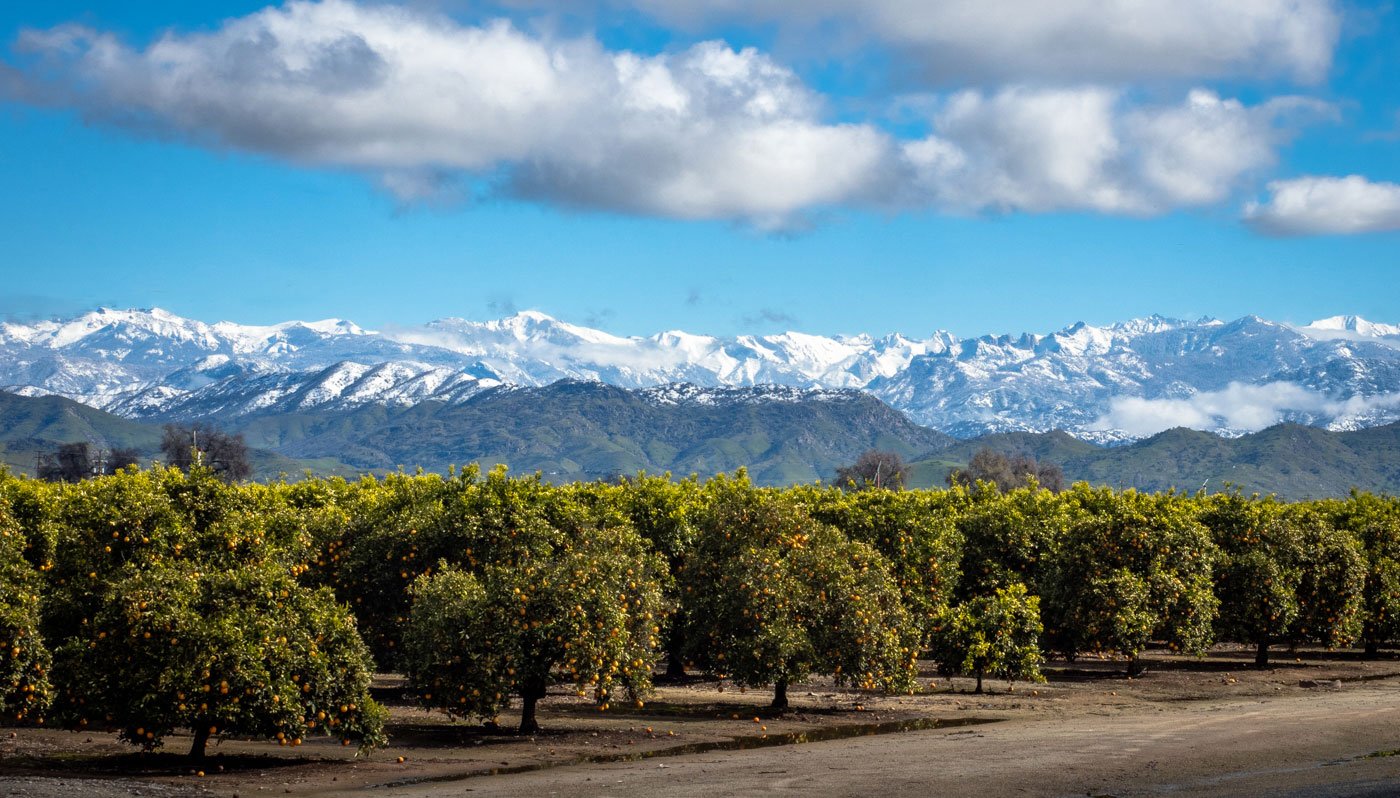
ENGAGE
Learn more about us and a variety of ways you can engage with SRT below.
Sequoia Riverlands Trust protects more than 44,000 acres of land around the Kaweah, Tule, Kern, and Kings Rivers, as well as in the Carrizo Plain. Since our founding in 2000, we have created and continue to manage seven nature preserves, help farmers and ranchers conserve agricultural land in the Central Valley, and pioneer programs to educate students across Tulare County.
Below are some ways you can ENGAGE by participating or contributing to the work SRT is doing in our community!
Visit a Preserve
Hike, run, birdwatch, check out the scenery, relax.
Visit one of the 6 Nature preserves SRT manages in the San Joaquin Valley.
Donate
Donating to Sequoia Riverlands Trust is a profoundly worthy investment in the future of our planet and our communities. Your contribution safeguards precious natural landscapes and ensures their accessibility for generations to come.
We have a variety of ways you can donate.
Host an Event
Host your next event surrounded by the beauty of nature at Kaweah Oaks Preserve or Dry Creek Preserve. Whether you're planning a wedding, shower, corporate retreat, or special gathering, our scenic preserves offer a stunning and serene setting. Enjoy wide-open spaces, breathtaking landscapes, and a connection to conservation while creating unforgettable memories.
Learn more about hosting your event with us!
Become a Conservation Champion
As an SRT Conservation Champion, you play a vital role in safeguarding our environment for future generations, inspiring others to join the cause, and leaving a lasting legacy of responsible stewardship.
Take photos
Visitors with a camera or smartphone can take photos at our open preserves without a permit. Photo permits are required for portrait photographers providing a service to a client. Paid or otherwise.
Volunteer
Become a volunteer with Sequoia Riverlands Trust and engage yourself directly with the stewardship of the land we all love.
Visit the Plant Nursery
SRT’s Dry Creek Nursery specializes in native plants for residential and commercial drought-tolerant landscapes and xeriscapes, as well as for habitat restoration for CEQA compliance and other public works projects.
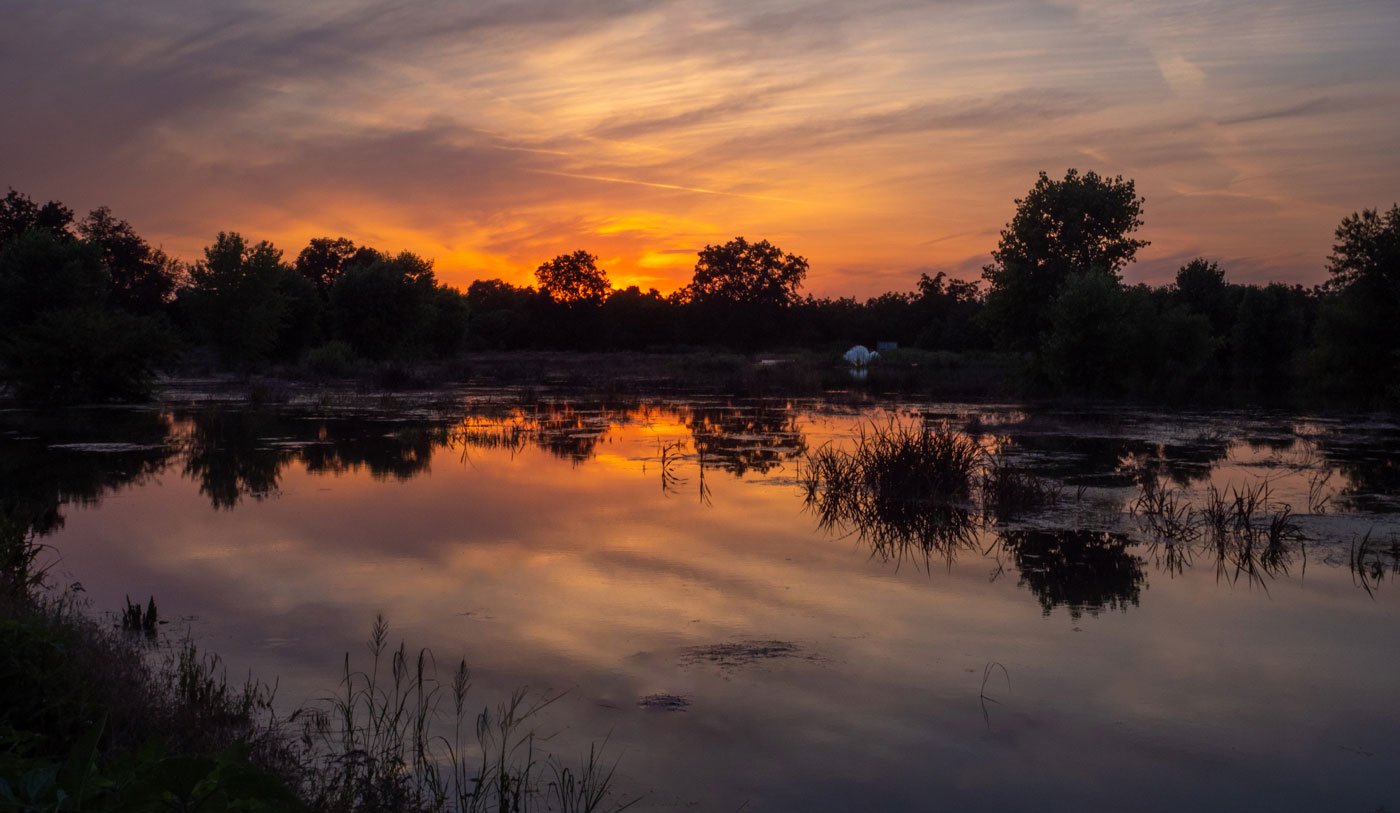
If you want to partner with us, please email info@sequoiariverlands.org or call 559-738-0211.
Want to visit one of the preserves? Visit the Preserves page for more details.

